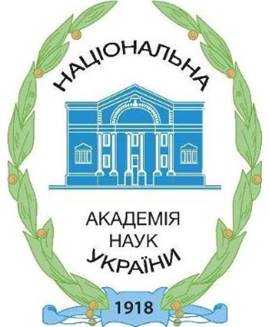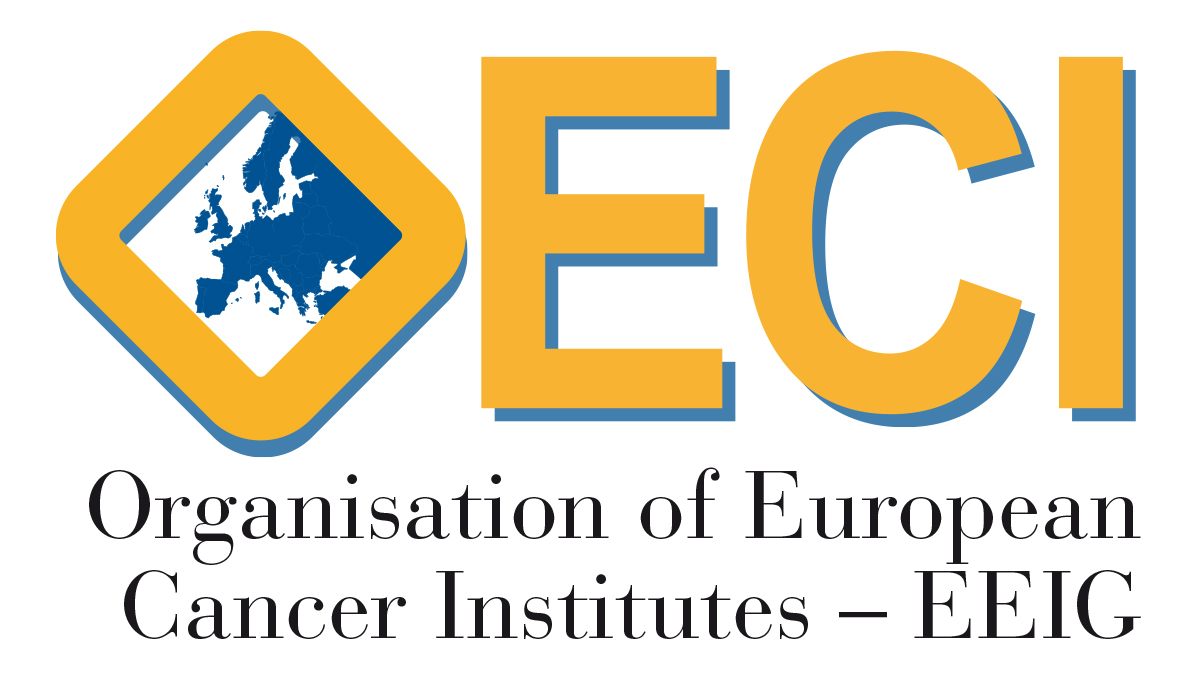Bank of Cell Lines from Human and Animal Tissues
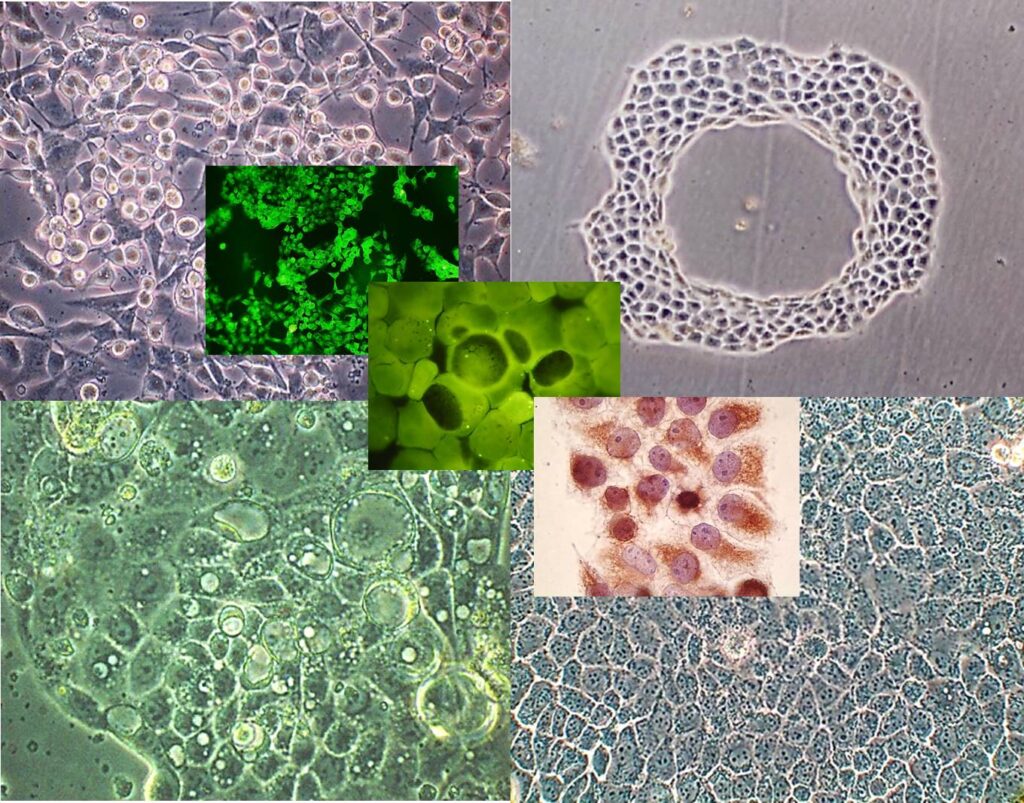
Academic supervisor: Oleksandra Lykhova
Academic degree: PhD (Biology)
Academic title: Senior Researcher
Position: Senior researcher Department of the tumor process monitoring and design of therapy
Tel. +38 (044) 259-70-86, +38(063) 424-81-12
E-mail:cellbankkyiv@gmаil.com
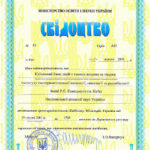
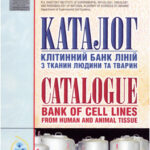
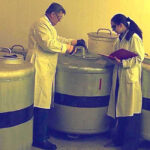
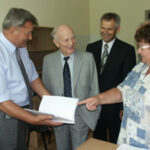
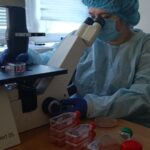

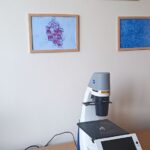
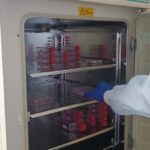

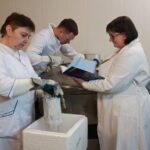
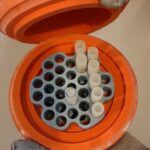
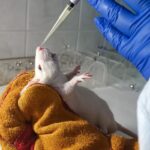
Bank of cell lines from human and animal tissues
Bank of cell lines from human and animal tissues is the most weighty official collection of cell materials in Ukraine, intended for the collection, cryopreservation, and distribution of cell lines and transplanted tumor strains. The bank includes more than 30,000 samples of typical and original cell lines from normal and malignant tissues of humans and various animal species — rat, mouse, hamster, monkey, pig, dog, bull, sheep, bat, mink, fish, insects, etc. The collection of cell lines contains more than 200 types, and the collection of transplanted tumors has more than 30 strains. Bank of cell lines from human and animal tissues is included in the State Register of the National Heritage of Ukraine since 1999 Decree of the Cabinet of Ministers of Ukraine No. 527 of April 1, 1999).
A significant part of the Cell Bank’s scientific work consists of research into the biological and morphological properties of cells, their cytogenetic and immunophenotypic features. The list of main tasks of the Cell Bank also includes obtaining and characterizing new cell lines from normal and malignant tissues of human and various animal species.
In the work of the Cell Bank, modern research methods are widely used: cultivation and cloning of cells, transduction of cells with various genes, as well as immunological, virological, biochemical, morphological, and cytogenetic research methods.
Cell Bank employees have extensive experience in the study of the effectiveness of substances with antitumor and antiviral activity of various natures (chemical, physical, biological) and mechanisms of action in vitro and in vivo. Model cell systems to determine the biological activity of various cytokines in vitro (interleukins, growth factors, tumor necrosis factor, interferons, etc.) have been developed in the laboratories of Cell Bank.
The Cell Bank has the appropriate official accreditation to conduct the above-mentioned studies.
Bank of cell lines from human and animal tissues provides high-quality services:
Deposition of research biological materials under conditions of liquid nitrogen (-196° C):
- Acceptance for long-term storage (deposition) in cryobank cell lines and strains, viruses, DNA, tumor samples, and other research materials of scientific and educational institutions.
- Cryopreservation and subsequent long-term storage in cryobank under liquid nitrogen conditions samples of peripheral blood, cord blood and, bone marrow of human and other living beings.
Deposition of biological materials from cancer patients:
- Preservation of tumor fragments obtained during surgery in liquid nitrogen.
- Preparation of sterile fragmented tumor cell suspensions their programmed cryopreservation and storage (in a viable state).
- Obtaining blood and bone marrow mononuclear cell suspensions from leukemia patients and their programmed cryopreservation and long-term storage (in a viable state).
- Storage of plasma or blood serum samples or other biological fluid under conditions of liquefied nitrogen.
- Providing researchers with tumor strains and cell lines.
Research projects are carried out on the platform of the Bank of cell lines from human and animal tissues:
- Prescreening studies of drugs and medical devices in vitro and ex vivo (using cell model systems)
- Study of the toxicity of drugs and medical devices on experimental animals in vivo
- Development and testing of «pathological conditions» experimental models in vitro and ex vivo: fibrosis, inflammation, psoriasis, steatosis, etc.
- Formation of functional multi-organ systems for assessment of substances toxicity ex vivo
Selected publications of the Cell Bank staff:
- Natalia Bezdieniezhnykh, Alexandra Lykhova, Tamara Kozak, Taras Zadvornyi, Tetyana Borikun, Olena Voronina, Natalia Lukianova. Assessment of biosafety and toxicity of hydrophilic gel for implantation in experimental in vitro and in vivo models. BMC Pharmacology and Toxicology. 2022; 23(1): 37. (Q2, Q3)
- Yuliia Shlapa, Serhii Solopan, Veronika Sarnatskaya, Katarina Siposova, Ivana Garcarova, Katerina Veltruska, Illia Timashkov, Oleksandra Lykhova, Denis Kolesnik, Andrey Musatov, Vladimir Nikolaev, Anatolii Belous. Cerium dioxide nanoparticles synthesized via precipitation at constant pH:Synthesis, physical-chemical and antioxidant properties. Colloids and Surfaces B: Biointerfaces. 2022; 220: 112960. (Q1)
- Bezdieniezhnykh N., Holiuk Ye., Gerasymenko S., Saulenko K., Mayko V., Lykhova O. Evaluation of in vitro biocompatibility of scaffolds for the repair of bone defects. Cell and Organ Transplantology. 2021; 9(2): 96-102. (Q4)
- Natalia Bezdieniezhnykh, Aleksandra Lykhova, Hennadii Borschevskyi, Kateryna Dyakun, Ievgen Kruglov. In Vitro Assessment of the Biological Activity of a New Regenerative Agent Prepared From the Concentrate of Deproteinized Dermal Layer of Porcine Skin. EUREKA: Life Sciences. 2020; (6): 12-22.
- Mazurkevych A, Malyuk M, Bezdieniezhnykh N, Starodub L, Kharkevych Y, Jakubczak A and Gryzinska M. Immunophenotypic characteristics and karyotype analysis of bone marrow-derived mesenchymal stem cells of rabbits during in vitro cultivation. Polish Journal of Veterinary Sciences. 2017; 20: 687–69. (Q2)
- Bezdieniezhnykh N., Kovalova O., Lykhova O., Kocherga R., Vorontsova A., Zhylchuk V., Maksimyak G., Kudryavets Yu. Effect of antitumor drugs in low concentrations on the biological, immunophenotypic and cytogenetic characteristics of human colon cancer cells in vitro. Exp Oncol. 2017; 39 (1): 17–24 (Q4).
- N. Bezdieniezhnykh, A. Lykhova, N. Semesiuk, R. Okhrimenko, Yu. Kudryavets. Establishment and characterization of new breast and ovarian cancer cell lines as a model for studying cellular plasticity in vitro. Exp Oncol. 2016; 38 (2): 94–100 (Q4).
- О.Lykhova, Yu.Kudryavets, L.Strokovska, N.Bezdenezhnykh, N.Semesiuk, I.Adamenko, J.Zaharuk, A.Vorontsova. Suppression of proliferation, tumorigenicity and metastasis of lung cancer cells after their transduction by interferon-beta gene in baculovirus vector. Cytokine. 2015; 71(2): 318-26. (Q1, Q2)
- N.Bezdenezhnykh, N.Semesiuk, O.Lykhova, V.Zhylchuk, Yu.Kudryavets. Impact of stromal cell components of tumor microenvironments on epithelial-mesenchymal transition in breast cancer cells. Experimental Oncology. 2014; 36(2): 72-78. (Q2)
- A.Lykhova, N.Bezdenezhnykh, N.Semesiuk, I.Adamenko, A. Vorontsova Yu.Kudryavets. Loss of malignancy in mouse melanoma cells by long-term impact of recombinant interferon-beta in vitro is associated with N- and VE-cadherins suppression without inhibition expression of epithelial-mesenchymal transition transcription factors Twist and Slug. J Anal Oncol. 2014; 3(3): 136-145.
- N Semesiuk, A Zhylchuk, N Bezdenezhnykh, A Lykhova, A Vorontsova, V Zhylchuk, Yu Kudryavets. Disseminated tumor cells and enhanced level of some cytokines in bone marrow and peripheral blood of breast cancer patients as predictive factors of tumor progression. Experimental Oncology. 2013; 35(4): 295-302. (Q2)
- Franco Venanzi, Victor Shifrin, Michael Y Sherman, Vladimir Gabai, Oleg Kiselev, Andrey Komissarov, Mikhail Grudinin, Maria Shartukova, Ekaterina A Romanovskaya-Romanko, Yuri Kudryavets, Natalya Bezdenezhnykh, Oleksandra Lykhova, Nadiia Semesyuk, Antonio Concetti, Anatoly Tsyb, Marina Filimonova, Victoria Makarchuk, Raisa Yakubovsky, Andrey Chursov, Vita Shcherbinina, Alexander Shneider. Broad-spectrum anti-tumor and anti-metastatic DNA vaccine based on p62-encoding vector. Oncotarget. 2013; 4 (10): 1829. (Q1)
- N.Yu.Lukianova, L.A.Naleskina, N.O.Bezdenezhnykh, L.M.Kunskaya, D.V.Demash, Yu.V.Yanish, I.N.Todor, V.F.Chekhun. Cancer Reactive changes of cytophysiological properties, molecular-biological profile and functional metabolic status of cells in vitro with different sensitivity to cytostatic agents under the influence of magnetic fluid. Cancer Research Journal. 2013; 1(1): 7-14.
